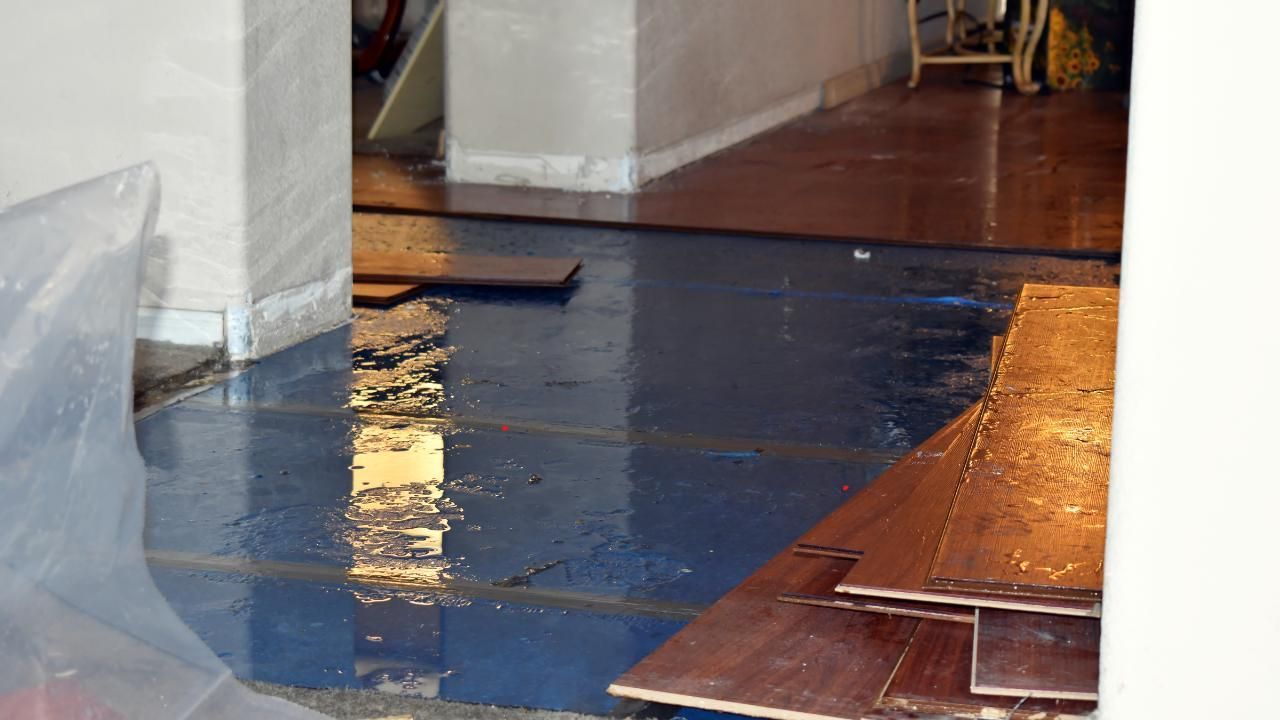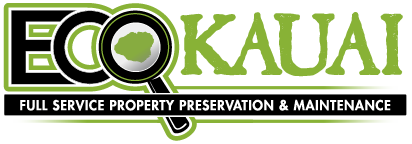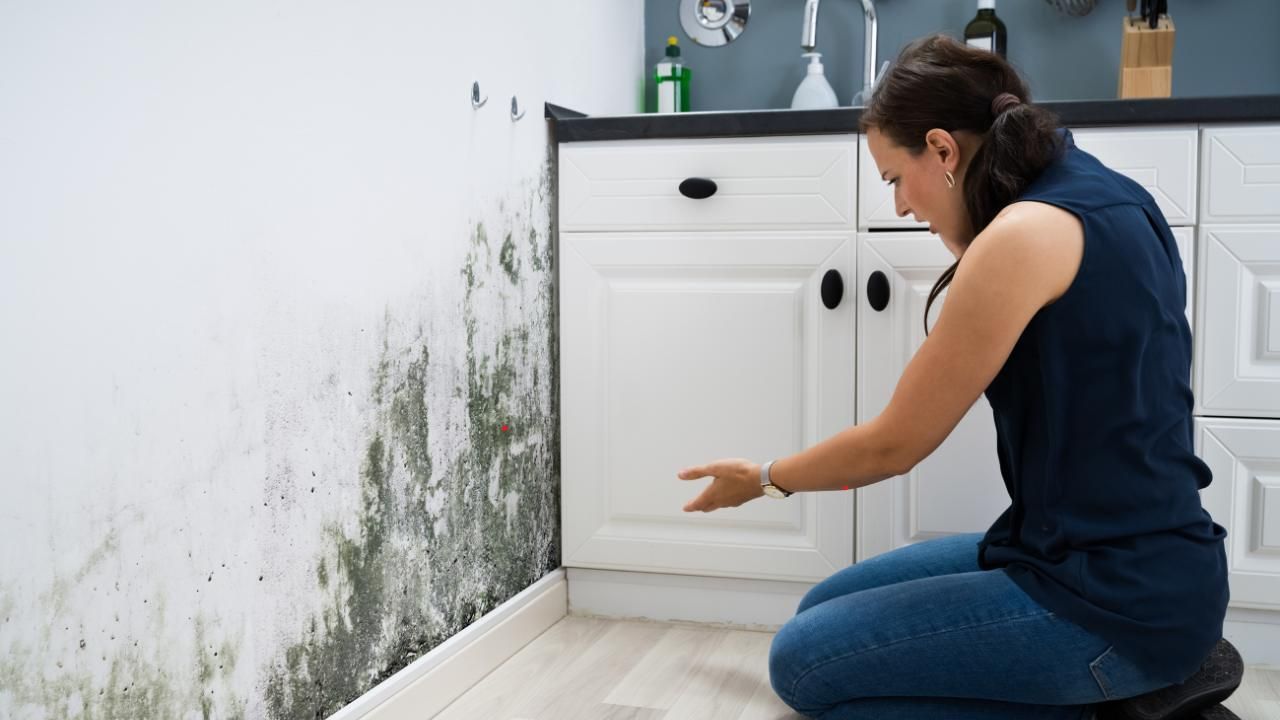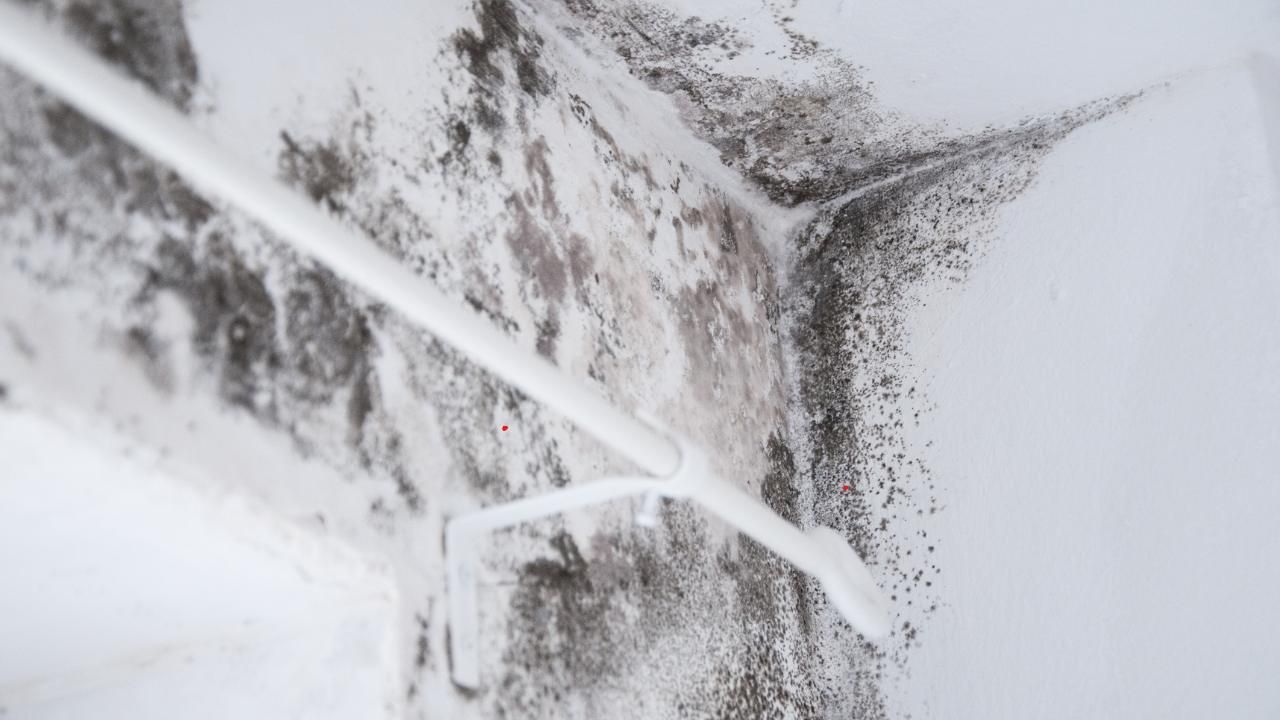➜ Have an Emergency? Call Today (808) 652-0106
➜ Have an Emergency? Call Today (808) 652-0106
Maximizing Your Water Damage Insurance Claim

Water damage can wreak havoc on a home, leading to costly repairs, mold growth, and structural issues. When disaster strikes, having homeowners insurance should provide peace of mind—but filing a successful claim isn’t always straightforward. Many homeowners find themselves frustrated by delays, lowball estimates, or outright denials. Knowing how to navigate the process can make all the difference.
Water damage insurance claims require careful documentation and strategic approach. Here are critical steps to maximize your claim:
1. Act Fast and Mitigate Further Damage
Insurance companies expect homeowners to take reasonable steps to prevent further damage after a water-related incident. That means:
- Shutting off the water source, if possible.
- Drying out affected areas using fans or dehumidifiers.
- Moving valuable items away from standing water.
- Covering exposed areas to prevent additional damage.
Failing to act quickly can give insurers grounds to reduce your claim payout or deny it altogether. Keep receipts for any emergency repairs, as your policy may reimburse these costs.
2. Document Everything with Photos and Videos
Before making any repairs, take clear, detailed photos and videos of the damage from multiple angles. This includes:
- Water stains on walls, ceilings, and floors.
- Damaged furniture and personal belongings.
- The source of the water leak, if visible.
- Any visible mold growth.
Insurers often dispute claims due to lack of evidence, so having a thorough record strengthens your case.
3. Review Your Insurance Policy Carefully
Not all water damage is covered by homeowners insurance. Standard policies typically cover sudden and accidental water damage, such as:
- A burst pipe.
- An overflowing washing machine.
- A sudden roof leak caused by a storm.
However, insurance generally does not cover:
- Flood damage (which requires separate flood insurance).
- Gradual leaks or neglected maintenance.
- Sewer backups (unless you have specific coverage for it).
Understanding your policy before filing a claim can help you set realistic expectations and avoid unnecessary disputes.
4. Contact Your Insurance Provider Immediately
Once you’ve assessed the damage, notify your insurer as soon as possible. Provide them with:
- A clear description of what happened.
- The date and time of the incident.
- Any immediate actions you’ve taken to minimize damage.
Some policies have strict deadlines for reporting water damage, so don’t delay.
5. Be Cautious When Speaking to Adjusters
After you file a claim, the insurance company will send an adjuster to assess the damage. While they may seem helpful, remember that their job is to minimize the company's payout. Be prepared by:
- Having your documentation ready.
- Pointing out all areas of damage.
- Avoiding definitive statements like “it’s not that bad” (which could be used to devalue your claim).
- Getting your own independent assessment if needed.
If the adjuster’s estimate seems too low, don’t hesitate to negotiate or provide additional evidence.
6. Get a Professional Estimate
Hiring a professional water damage restoration company like Eco Kauai Services for an independent assessment can strengthen your claim. They can:
- Identify hidden moisture damage that adjusters might miss.
- Provide a detailed breakdown of water damage repair and restoration costs.
- Help you prove the full extent of the damage.
This estimate can serve as leverage if your insurance company offers an unfairly low settlement.
7. Keep a Paper Trail
Throughout the claims process, maintain a record of all communications with your insurance company, including:
- Emails and letters.
- Phone call summaries with dates, times, and representative names.
- Copies of submitted documents and receipts.
If any disputes arise, having a well-documented timeline can support your case.
Case Study: A Water Damage Claim Success Story
When a homeowner in Kaua'i discovered a hidden pipe leak that had caused significant water damage to their kitchen, they immediately contacted their insurance provider. The adjuster’s initial assessment estimated repairs at only $4,000—far below the actual costs. Frustrated by the low estimate, they sought a second opinion from a professional water damage restoration service.
The independent inspection revealed extensive moisture damage behind walls, pushing the repair costs closer to $12,000. Armed with this new report, the homeowner challenged the insurer’s payout and provided additional documentation, including receipts for emergency mitigation efforts. After weeks of negotiation, the insurance company reassessed the claim and approved a final payout of $11,500—nearly triple the original offer.
This case highlights the importance of thorough documentation, seeking expert assessments, and advocating for fair compensation when dealing with insurance claims.
Protecting Your Property, Maximizing Your Claim
Water damage can be overwhelming, but you don't have to navigate it alone. Let our team handle the restoration process while you focus on securing the compensation you deserve. Contact us today for a consultation and take the first step towards restoring your property.
Call us to book a mold inspection or remediation on Kaua'i, HI now.
CONTACT INFO
Justin Jacobs
FIND US ON:
SERVICES PROVIDED
Water Damage
Emergency Extraction
Tear-Out
Structural Drying
Mold Removal
Mold Inspection
Mold Testing
Mold Remediation
Power Washing
Mildew Removal
ISLAND-WIDE SERVICES
Wailua
Kalahe
oLihu
eKeali
aPrincevill
eKapa
aHanapep
eHanale
iPoip
uHaen
All Rights Reserved | ECOKauaiServices.com
Website Managed by
Leads By Vinny




